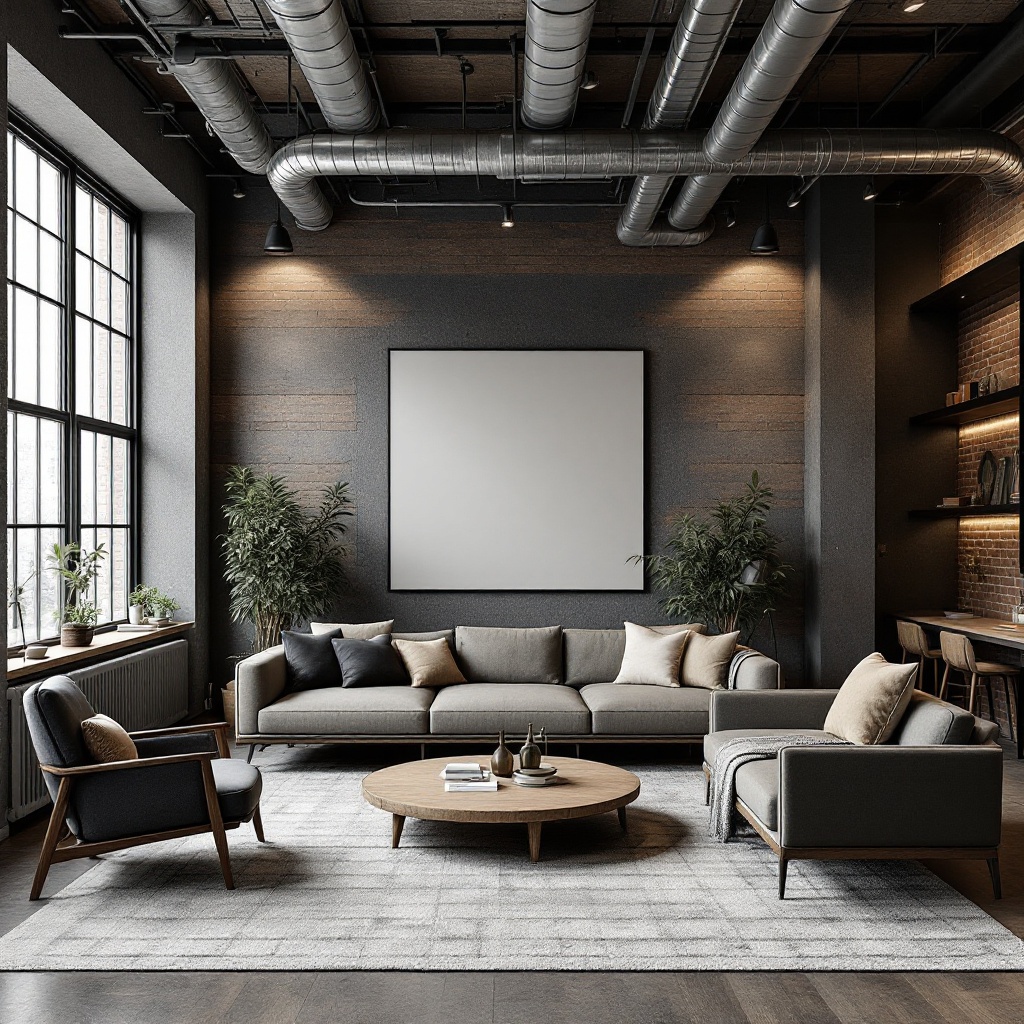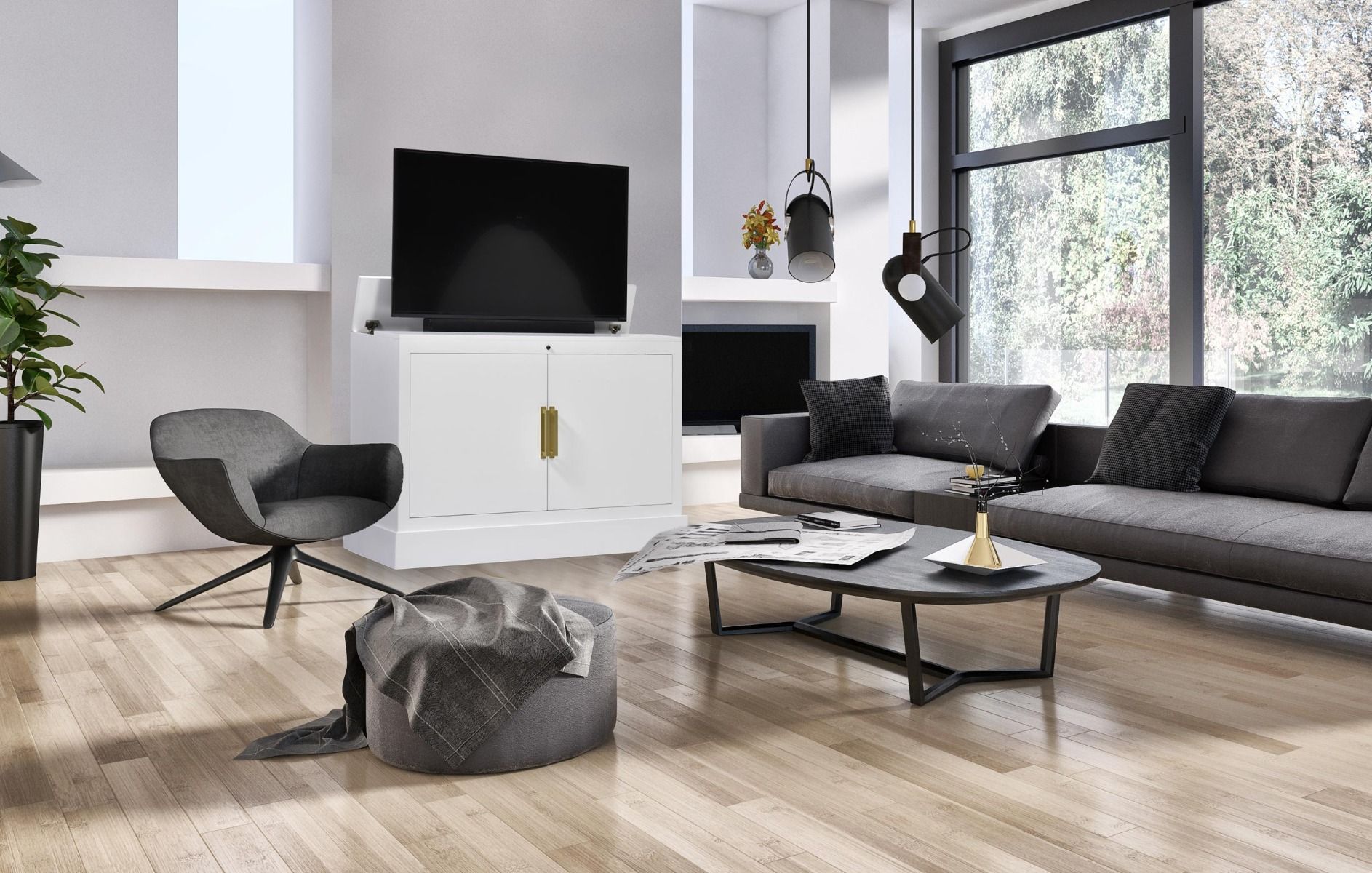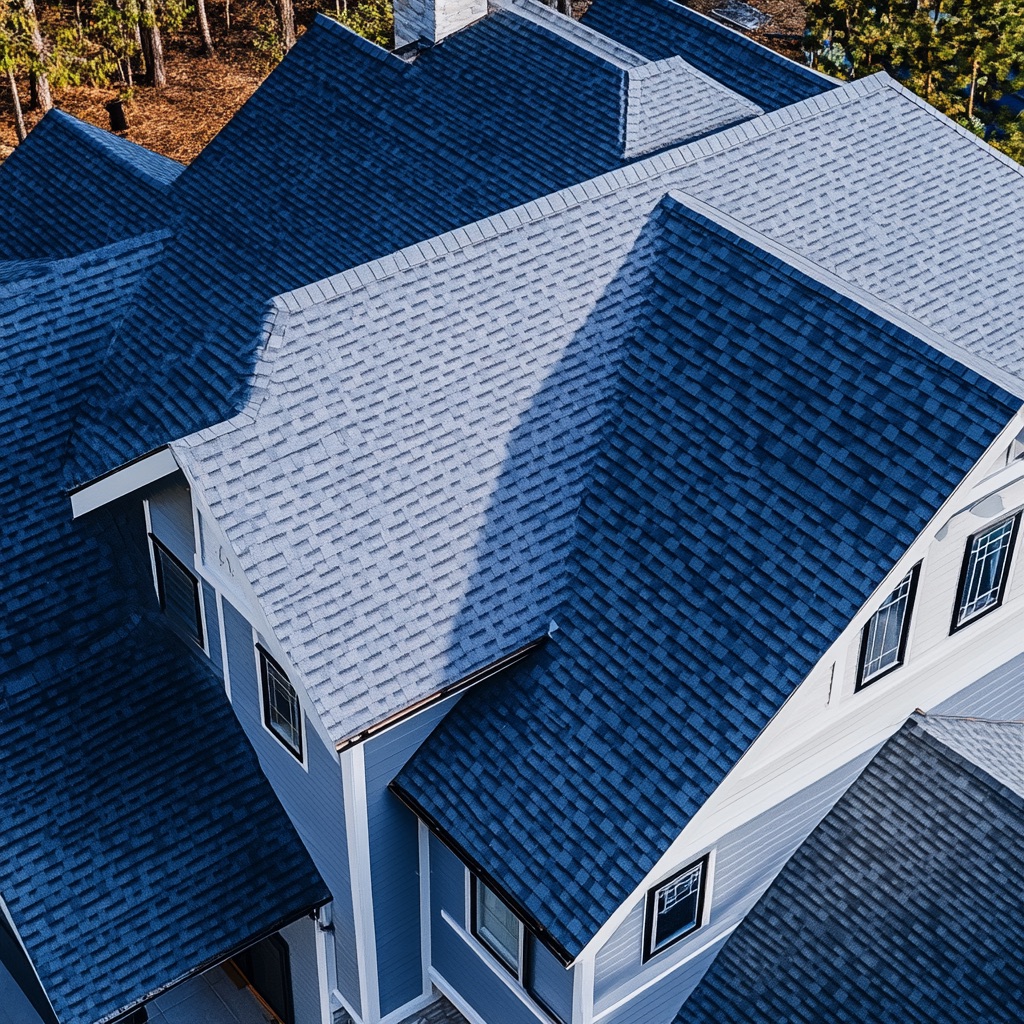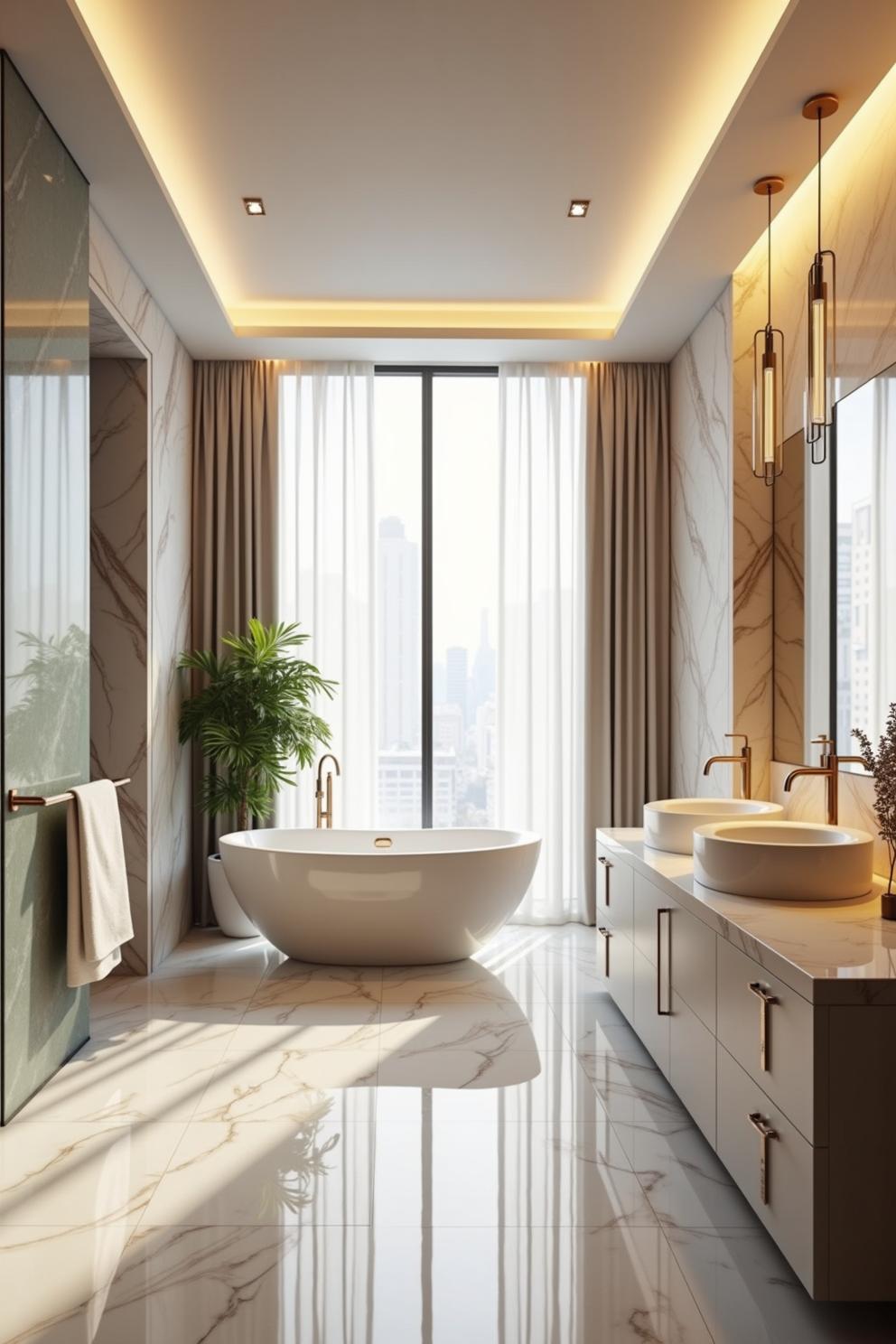Last updated on
Are you looking to revitalize your kitchen or bathroom with a transformative coat of paint on the cabinets? Painting cabinets is a perfect way to add vibrancy and luxury to your living space without stretching the budget.
However, prior to beginning such a project, homeowners often question how long it takes a painter to finish the job. Let us explore the various factors that may affect duration and provide a comprehensive guide for devising an efficient timeline. With this knowledge in hand, you can appropriately plan your cabinet painting project with confidence.
Factors That Impact the Duration
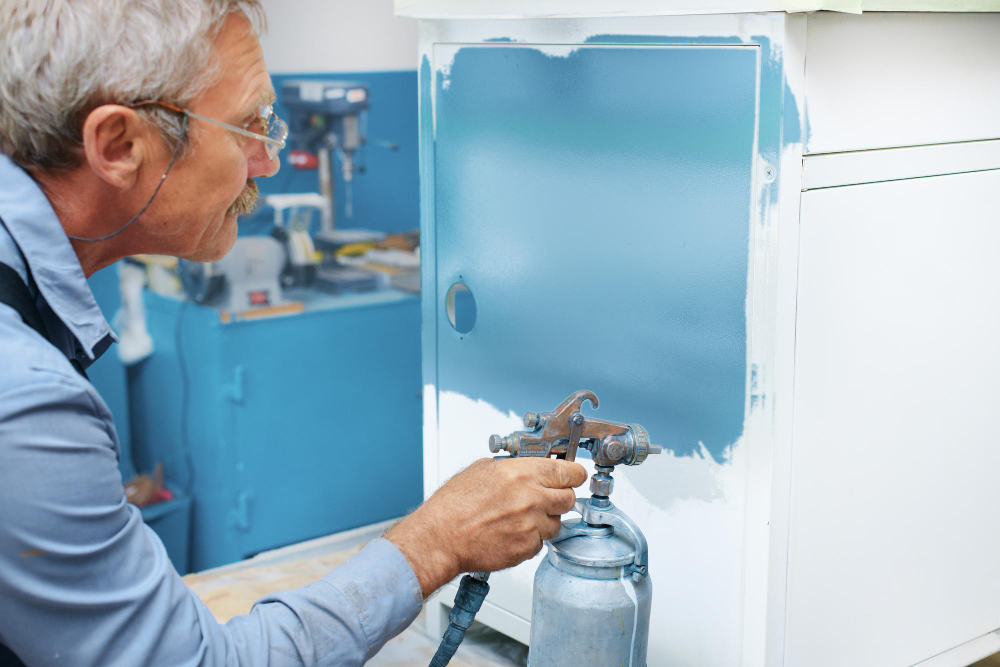
- Cabinet Type and Size Matter: The first factor that significantly impacts the duration of a cabinet painting project is the type and size of the cabinets. For instance, painting a small set of bathroom cabinets will take considerably less time than tackling an expansive kitchen with numerous cabinets, drawers, and shelves. Additionally, the style of your cabinets can also play a role. Intricately designed cabinets with decorative features may require more time and attention than simple, flat-panel cabinets.
- Cabinet Material and Condition: The material and condition of your cabinets are vital considerations. Cabinets made of solid wood are typically easier to paint and refinish compared to particleboard or laminate surfaces. If your cabinets are in good condition, with minimal damage or wear, the prep work required will be less time-consuming. However, cabinets that are heavily damaged or have peeling paint will demand more time for surface preparation and repairs.
The Painting Process
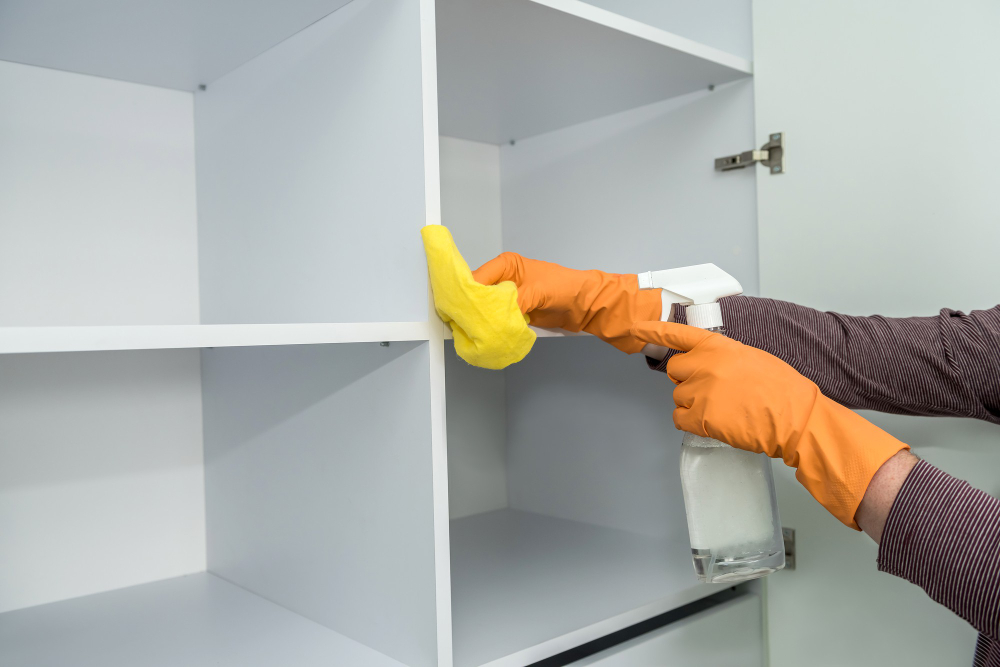
- Cabinet Preparation: To ensure superior results, it’s critical to undertake meticulous preparation of your cabinets. Begin by removing all handles and other hardware, followed by a thorough cleaning to erase dirt and grime. Subsequently, sanding is essential for ensuring optimal adherence to the paint. Depending on the scope of the project, this step may take longer or shorter periods of time.
- Primer Application: The application of a quality primer is essential to achieving optimal paint adhesion and long-lasting durability. Depending on the type of primer chosen, drying time, and the number of coats required, this stage of the process could involve significant effort. However, it’s crucial to ensure that necessary steps are taken in order to reap the rewards of an impeccably finished product.
- Painting: Painting kitchen cabinets demands an astute approach, as the outcome relies not only on the quality of pigments and brushes employed but also on the number of coats applied and drying time between them. The type of paint, hue, and substrate material must be considered to properly execute this essential task, ensuring that each layer is evenly spread and given sufficient respite to dry completely. With the right method, you can deftly transform an outdated kitchen into a masterful amalgamation of polished perfection.
- Cabinet Reassembly: Once the paint has had ample time to dry, reassemble the cabinets with their original hardware before conducting a thorough inspection for any necessary adjustments. Implementing this precise process will ensure your personalized kitchen retains its polished aesthetic.
Factors That Can Extend the Timeline
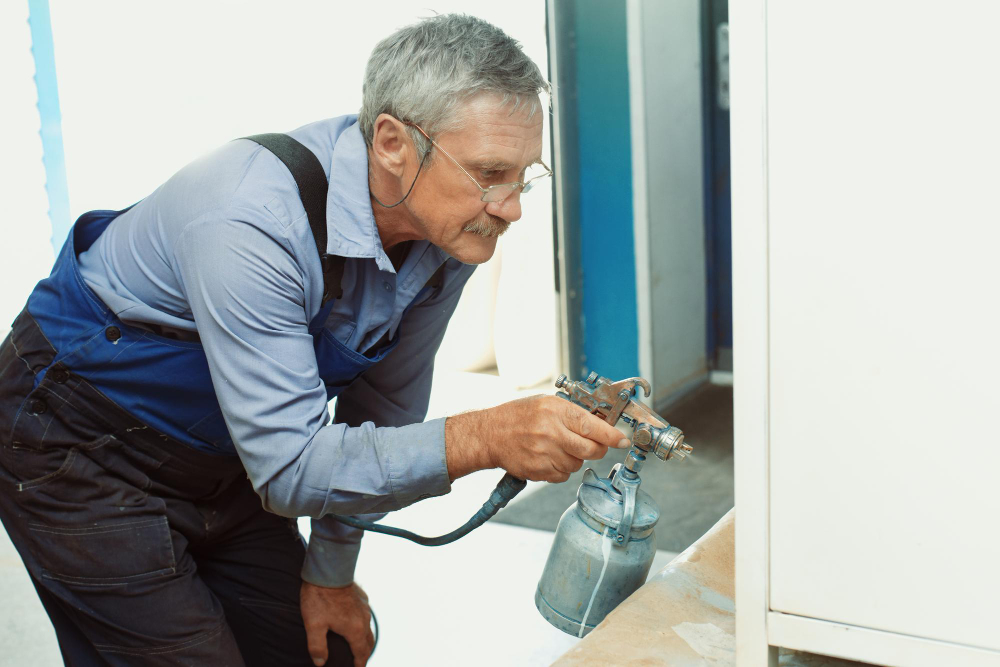
- Additional Design Elements: If you’re looking to make your cabinet project truly stand out with intricate patterns, designs, or decorative finishes, be prepared to extend the process accordingly. It’s essential to note that investing in these creative flourishes will likely add some additional effort on your part; however, such efforts are certain to pay off in dazzling results. With a little patience and an eye for detail, you’ll be able to craft an end product that reflects your distinct sense of style and impresses with its compelling artistry.
- Extensive Repairs: If your cabinets are suffering from significant disrepair including water damage, deep scratches, or structural damage be prepared for the considerable time and effort demanded by their restoration. By taking swift action to assess the extent of the damage, you can prepare yourself for the intricate process required to restore them to their former glory.
- Environmental Factors: Environmental elements can play a pivotal role in determining the successful completion of any painting project. Warmer or drier climates naturally facilitate quicker drying times, while humid conditions or low temperatures can drastically impede this process. Therefore, it is essential to be mindful of such variables and adjust your approach accordingly.
- Professional Expertise: When opting for a painter, it is crucial to consider the level of their expertise. Skilled professionals are well-versed in adeptly executing projects expeditiously, outshining those with lesser experience. Thus, an informed choice of craftsman can be integral to achieving the desired outcomes within a reasonable timeframe.
- Custom Color Mixing: For those looking to create a bespoke hue for their cabinetry, custom color mixing can be the perfect solution. However, it is essential to note that this approach requires patience and attention to detail in order to attain the precise shade envisioned. Every effort is taken to ensure accuracy during this process, making sure to analyze and adjust accordingly until perfection is achieved all of which adds up to an extended timeline for completion.
- Multiple Layers of Paint: If you’re restoring cabinets with multiple coats of paint, you may need to prepare the surfaces for a fresh layer. This procedure typically involves stripping off old layers and sanding down any irregularities. Be aware that if your cabinets have been decorated with lead-based paint, additional precautions must be taken due to its hazardous nature. In any case, the whole process can be quite time-consuming but if done correctly, it’ll be well worth the effort for the final look.
- Cabinet Disassembly: Dismantling cabinets is often required to ensure a thorough and polished finish, particularly if the paneling features complex designs or glass inserts, or for cases where both the exterior and interior need to be painted. Granted, cabinet disassembly and reassembly add considerable time to the project, yet well worth it when you consider the long-term benefits.
To ensure your cabinet painting project is a resounding success, it is essential to take into account every detail that may affect the timeline. Consider the type and size of cabinets, their existing condition, and the complexity of your desired finish all are integral components of the equation.
To guarantee an impeccable end result and circumvent any pitfalls along the way, seek out experienced kitchen cabinet painters in CT who are well-versed in the nuances of the trade. By doing so, you will receive meticulous service and revel in the awe-inspiring transformation of your cabinets!
Recap

